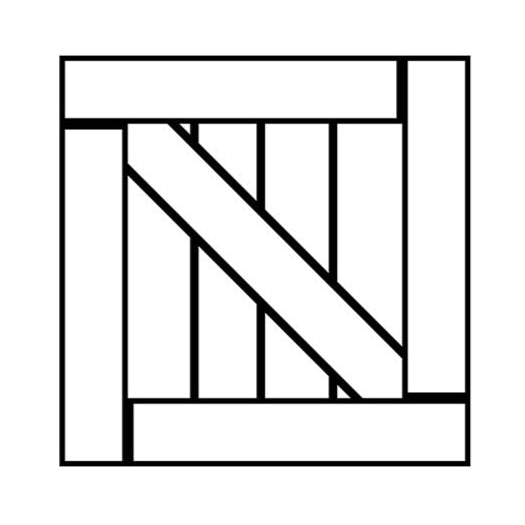Blog
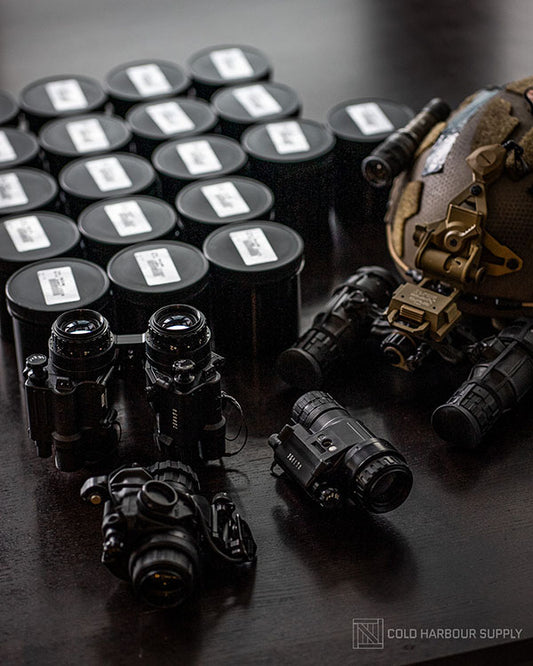
Tube Selection and Specs - A Beginner's Guide
As part of our Hand-Select process, we typically go through a consultative process to understand each end user's experience level, requirements, and application. That said, we ultimately provide a refined...
Tube Selection and Specs - A Beginner's Guide
As part of our Hand-Select process, we typically go through a consultative process to understand each end user's experience level, requirements, and application. That said, we ultimately provide a refined...
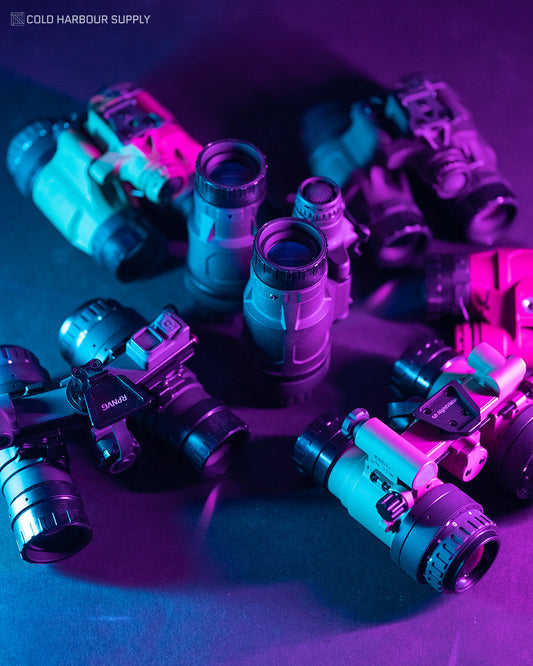
NVG Binocular Buyer's Guide
CHS now offers one of the largest selection of housing options and we thought it would be handy to summarize the key differences between all of these options as well as provide...
NVG Binocular Buyer's Guide
CHS now offers one of the largest selection of housing options and we thought it would be handy to summarize the key differences between all of these options as well as provide...
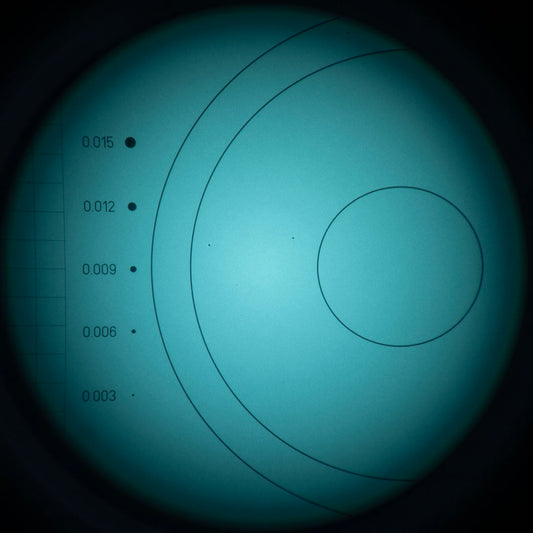
Factory Dark Spots & Peppering
Factory dark spots are typically a byproduct of the manufacturing process, typically minute particles trapped inside the MCP or other manufacturing layers, dark spots of various sizes are inevitable and...
Factory Dark Spots & Peppering
Factory dark spots are typically a byproduct of the manufacturing process, typically minute particles trapped inside the MCP or other manufacturing layers, dark spots of various sizes are inevitable and...
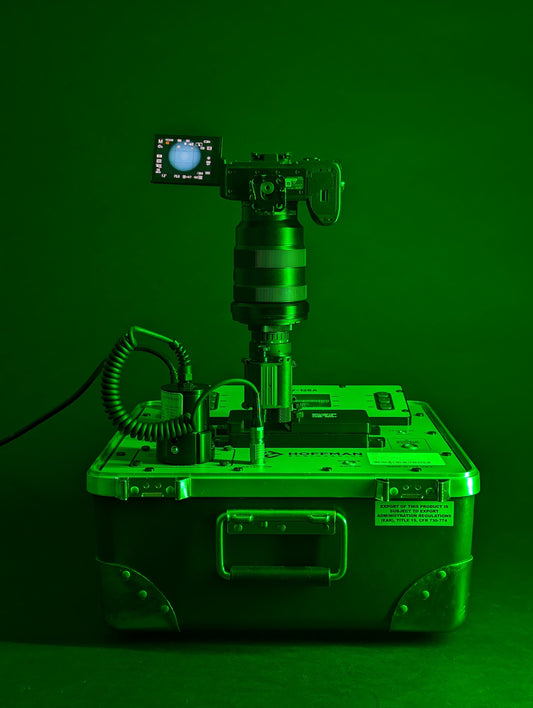
Tube Photos and Our New Setup
We're proud to announce that we have substantially upgraded the way we capture and show through-tube photos beyond current industry norms. Taking photos with a handy camera phone is what most...
Tube Photos and Our New Setup
We're proud to announce that we have substantially upgraded the way we capture and show through-tube photos beyond current industry norms. Taking photos with a handy camera phone is what most...
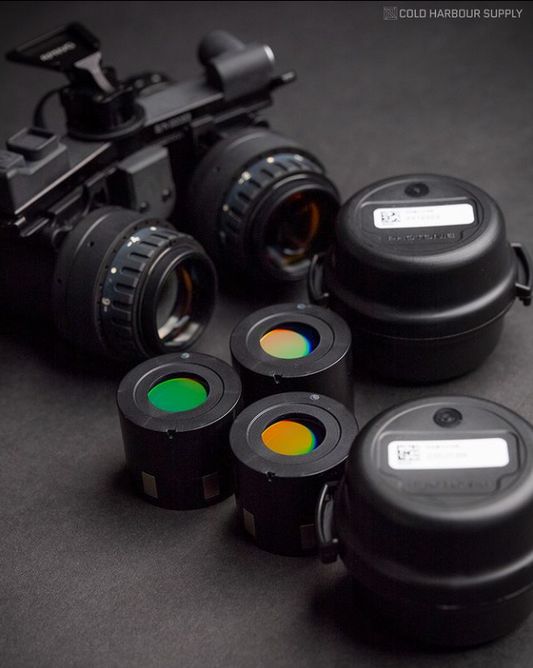
Echo, Echo+, 4G and 4G+
Continuing to push the boundaries of performance and value, Cold Harbour Supply is proud to announce that in addition to our industry-leading Echo builds, we will start to offer Echo+...
Echo, Echo+, 4G and 4G+
Continuing to push the boundaries of performance and value, Cold Harbour Supply is proud to announce that in addition to our industry-leading Echo builds, we will start to offer Echo+...
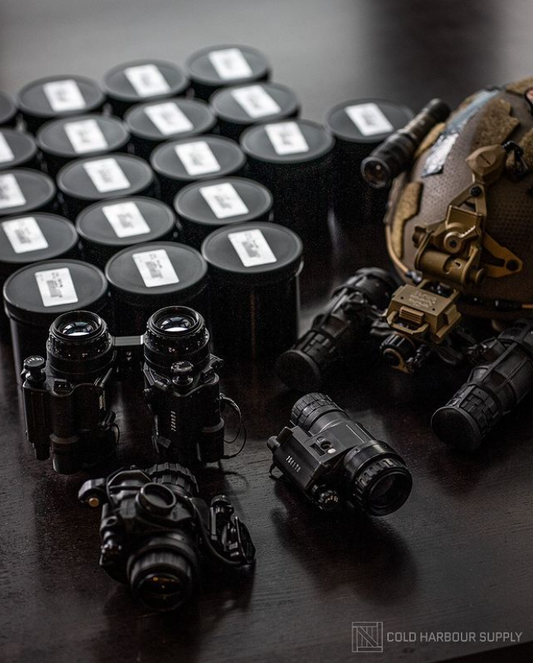
What is FOM? And why it's not as important as y...
In the last 5 years, the NV world seems to be caught up with "FOM-Fever" and while FOM does offer some useable information to aid in a purchasing decision, it...
What is FOM? And why it's not as important as y...
In the last 5 years, the NV world seems to be caught up with "FOM-Fever" and while FOM does offer some useable information to aid in a purchasing decision, it...
